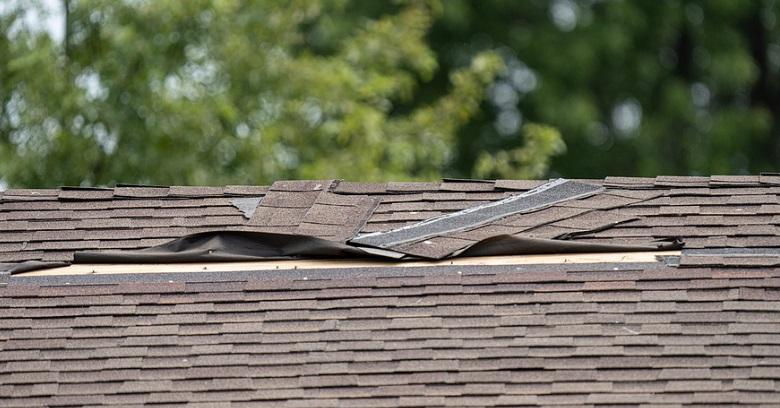It is storm season in Texas and for many home and building owners, that might mean storm damage that requires roofing repair.
What is a good way to know if your roof sustained damage and you need to get roofing repair services?
Use this quick and handy checklist to check out your roof after the bad weather subsides to detect hail and wind damage and other problems that need attention right away to salvage your roof!
1. Know What To Look For
Storms in Texas can produce a variety of weather issues, ranging from hurricane-force winds to baseball-sized hail to torrential rains.
Any of these can cause damage that needs the immediate attention of a roof repair services.
By knowing what to look for after the bad weather subsides, you can easily identify the damage and then take the appropriate measures to get storm damage roofers to repair the roof before it progresses into worse problems that could eventually threaten the entire home or building.
Types of storm damage seen on roofs may include?
- Wind Damage - Look for missing, bent, broken, or loose shingles as well as flashing over the roof.
- Hail Damage - Larger hail results in more damage like dents, cracks, and breaks it any roof.
- Leaks or Pooled Water - Leaks noticeable under the roof or standing water on it can result when roofing materials have been damaged.
- Debris Damage - Objects blown onto the roof can damage exterior materials or even perforate the roof.
2. Make A Visual Assessment
Now that you know what kind of damage can occur after a storm, look for the signs that would require calling a storm damage roofer to make some repairs.
Wait until it is safe, then do a preliminary visual assessment of your roof to look for following problem areas.
- Roof - Using binoculars from the ground and looking out any windows that offer a view of the roof, inspect it from all sides looking for broken, cracked, torn, or dented exterior materials that could require roofing repair.
- Flashing and Vents - Look at all the flashing and seals around protrusions and vents as well as in angles and corners to ensure the flashing is all there and not bent or otherwise damaged and no longer water tight.
- Gutters - Check all gutters around the whole building looking for missing, storm damaged, or clogged sections preventing proper drainage.
- Attic - Go inside the attic and look for signs of active or old storm damaged roofing leaking in the form of stained or rotting beams, wet or damp insulation, holes allowing light to shine through the roof, and stored items that have been water damaged.
3. Call An Experienced Storm Damage Roofer
If you find any of the above storm damage after bad weather, it is time to have a storm damage roofer examine the roof.
Leaving what may seem like minor problems for later can result in much greater damage and eventually more expensive roof repairs.
If you don’t already have a trusted storm damage roof repair service, get referrals from friends or online to find an experienced contractor to look at your roof and provide a detailed estimate of the necessary roofing repair that includes pricing and warranty information.
Have more than one estimate done to compare noted damage and fees to be sure of getting complete repairs at a fair price.
Pay Attention After Every Storm
Spring and fall are active storm seasons in Texas, with many storms causing extensive roof damage as they pass through.
As repetitive as it may seem, it is important to go through this easy checklist after every bout of bad weather to ensure your home has not sustained wind damage, hail damage, or some other storm-related concern.
If you have any questions about the condition of your roof or see something that looks out of the ordinary, err on the side of safety by having a qualified storm damage roofer do an inspection before the next storm hits!
